From legend
The Hung Kings' Genealogy, compiled by Nguyen Co in the first year of Hong Duc (1470), records the legends of the Hung Kings from Emperor Minh who ruled over all the vassal states of the world until Trieu Da destroyed An Duong Vuong. This genealogy has a passage about Kinh Duong Vuong: "The king was intelligent and wise, surpassing the level of Emperor Nghi. Emperor Minh wanted to pass on the throne to establish legitimacy for all countries. But Kinh Duong Vuong insisted on giving it to his brother. So Emperor Minh established Emperor Nghi as his successor, ruling the North, and appointed Kinh Duong Vuong to face the South and rule the world [that is, to be the king of the South], calling the country Xich Quy.
Kinh Duong Vuong respectfully followed his father's order and led his troops along Nam Mien mountain to the south. On the way, he observed the feng shui and chose a favorable location to build his capital. Passing through Hoan Chau land (now Nghe An province; that place is Noi Thien Loc, Ta Thien Loc, Tinh Thach communes of Thien Loc district, Duc Quang prefecture), the king chose a beautiful landscape area, with thousands of mountains and castles, called Hung Bao Thuu Linh mountain, with 99 peaks in total (formerly called Cuu Do, now called Ngan Hong).
Vac Village Festival. Photo: Tien Phong
This area borders the sea at Hoi Thong gate, the mountain road is winding, the river road is meandering, the terrain is like a coiled dragon and a crouching tiger, looking in all four directions, so the capital was built to determine the place for the four directions to pay tribute.
The Jade Genealogy also records that Kinh Duong Vuong went on a tour, met and fell in love with Than Long, the daughter of the Dong Dinh King, and made her his Royal Consort.
So it is clear, Hong Linh in Nghe An is the first capital of Kinh Duong Vuong, where he met and fell in love with Than Long and gave birth to Lac Long Quan.
Many legends in Phu Tho and Ha Tay state more clearly that Kinh Duong Vuong married his first wife in Hoan Chau, gave birth to Lac Long Quan in Hong Linh, then traveled to the North, married two sisters, the daughters of a chieftain in Thanh Hoa, established the second and third concubines, then went to Tuyen Quang, married a daughter of the Ma family, established the fourth concubine, and then established the administrative headquarters in the Bach Hac region (Viet Tri). Lac Long Quan later also traveled from Hoan Chau to the North, married Au Co and took over the power from his father, gradually turning the administrative headquarters in Bach Hac into the capital of Van Lang country. The legend also talks about Hung Vuong's tour from the North to the Hoan Chau region.
The Hung King's genealogy also records that the 18th Hung King, Hung Tuyen Vuong, dreamed of a big snake and later gave birth to two princesses, the elder one was Tien Dung and the younger one was Ngoc Hoa. Tien Dung later married Chu Dong Tu. Quynh Vien Mountain/Nam Gioi - a mountain jutting out into the sea in Thach Ha ( Ha Tinh ) is where Chu Dong Tu and Tien Dung once set up a market to trade and then practiced and attained enlightenment there.
So, according to legend, there were four generations of the Hung King era, from Kinh Duong Vuong, Lac Long Quan to Hung Tuyen Vuong and Tien Dung, all of whom were attached to and became the memories of the people of Nghe An. But, behind the legend is the shadow of history, a mirror reflecting history under a veil of mystery.
Illustration
In history books
According to Liam C. Kelley - professor at the University of Hawaii - a famous scholar of Southeast Asian history, especially Vietnamese history and Vietnam - China relations, Thai Binh Quang Ky of the Song Dynasty is probably the earliest surviving work mentioning Hung Vuong: "Giao Chi land is fertile. Migrated there to live. Started to know how to sow and grow crops. That land is black and porous, the land's energy is strong. So now we call that field Hung Dien, that people Hung Dan, with a military leader called Hung Vuong".
An Nam Chi Nguyen, written by Cao Hung Trung who lived in the late 17th century, also quoted the above passage but added a few lines: The country was named Van Lang, its customs were simple and honest, its politics were conducted using knots, and it was passed down for 18 generations.
That is a Chinese history book. The first Vietnamese book to record about Hung Vuong is Dai Viet Su Ky Toan Thu when it says: "Hung Vuong ascended the throne, named the country Van Lang". However, this book does not say that Hung Vuong was passed down for 18 generations. The book An Nam Chi Luoc of the Tran Dynasty also does not record it. This detail appears in Dai Viet Su Luoc (Viet Su Luoc) - anonymous, around the end of the Tran Dynasty. This book states: "Van Lang country of the Hung Kings had 15 tribes, including the Cuu Duc tribe". The book Du Dia Chi of Nguyen Trai states that Van Lang country had 15 tribes, including the Cuu Duc tribe. The book Dai Viet Dia Du Toan Bien states: "Nghe An was the land of Viet Thuong in the Zhou Dynasty (1046 BC - 256 BC), Tuong Quan in the Qin Dynasty (221 BC - 206 BC), Cuu Chan in the Han Dynasty (206 BC - 220 AD), Cuu Duc in the Ngo Dynasty (229 - 280),...".
The book Kham Dinh Viet Su Thong Giam Cuong Muc wrote: "In the Hung King period, Nghe An belonged to Viet Thuong land". The book Nghe An Ky wrote: "Nghe An was two-thirds of Cuu Chan district in the Han Dynasty, that is, the central region of Viet Thuong country".
Thus, it can be seen that from the beginning, Nghe An was the territory of the Van Lang state of the Hung kings.
To the archaeological evidence
The Hung King era is considered the period of forming cultural identity and national building traditions. Its material foundation corresponds to the metal ages, lasting from the early Bronze Age to the early Iron Age, dating from 4,000 to 2,000 years ago. Scientists have isolated the archaeological cultures of the Hung King era, including Phung Nguyen culture, Dong Dau culture, Go Mun culture and Dong Son culture (pre-Dong Son and Dong Son).
Archaeological research results have proven that in the dawn of history, ape-men lived in Nghe An. At Tham Om Cave (Chau Thuan commune, Quy Chau district, Nghe An), sediment layers of the Canh Tan period, dating from three million to ten thousand years ago, were found, containing teeth and bones of many types of animals, including five ape-men teeth that had characteristics of modern human/wise man (homo sapiens) teeth, and confirmed that the primitive people in Tham Om were in the final evolutionary stage of ape-men transforming into modern human form, about 200,000 years ago.
Traces of primitive tribes belonging to the Son Vi culture at the end of the late Paleolithic period (20,000 to 12,000 years ago) have also been discovered in the hilly areas along the Lam River, in Thanh Chuong District (Nghe An) such as Dung Hill (Thanh Dong), Rang Hill (Thanh Hung) and in many other places in Nghe Tinh, on the hills and riverbanks or in mountain caves. Son Vi residents were gatherers and hunters.
The Son Vi tribes, in the process of struggling with nature to survive, gradually improved their tools and from there developed to a new stage of development, creating a new culture that archaeologists call the Hoa Binh Culture of the Neolithic Age. In Nghe An, traces of this culture have been found in many caves in the limestone mountain ranges of the districts of Nghe An: Que Phong, Con Cuong, Tuong Duong, Tan Ky and Quy Chau. Tham Hoi Cave (Con Cuong) and Chua Cave (Tan Ky) have been excavated and studied. The age of these sites is determined to be from 9,000 to 11,000 years ago.
Illustration photo.
In the history of Vietnamese archaeological cultures, the next stage of Hoa Binh culture is Bac Son culture, but up to now, traces of this culture have not been found much in Nghe An except for some pebble axes with a very small part sharpened on the lower edge - a typical tool of Bac Son culture.
Meanwhile, the Quynh Van culture of coastal residents was discovered at the sites of Con Thong Linh (Quynh Van commune, Quynh Luu district, Nghe An), Phai Nam (Thach Lam commune, Thach Ha district, Ha Tinh), 5,000 - 6,000 years ago. Traces of this culture were also found in many scallop islands in Quynh Luu and coastal districts.
Continuing the Quynh Van culture, on Nghe Tinh land, traces of Bau Tro culture, the culture of rice-growing residents in the late Neolithic era, were discovered. They were descendants of the Quynh Van people. The most important sites of Bau Tro culture on Nghe An land are Bai Phoi Phoi (Xuan Vien, Nghi Xuan, Ha Tinh), Ru Tro (Thach Lam, Ha Tinh).
The Bau Tro residents in Phoi Phoi and Ru Tro areas had developed stone technology to its peak and they may have begun to know about bronze materials in the manufacture of tools and household items. The Len Hai Vai site (Dien Chau) is considered the starting point of the Bronze Age in Nghe An when similar pottery pieces were found in the Hoa Loc culture of the Bronze Age, which was the transformation and development from the Stone Age to the Bronze Age, that is, the pre-Dong Son culture (about 2000 - 700 BC).
Pre-Dong Son cultural vestiges are widely distributed in Nghe An, the most typical of which are the Den Doi (Quynh Luu), Ru Tran (Nam Dan), and Doi Den (Tuong Duong) sites. In addition, there are also Ru Com (Nghi Xuan) sites and many Dong Son traces discovered along the banks of Ngan Ca and La rivers...
Ru Tran is the site with the clearest evidence of metallurgy and bronze making. Residents in Ru Tran knew how to cast bronze using two-layer molds to produce brass products, bronze mixed with tin, which has higher hardness, suitable for making various types of labor tools. In Ru Tran, bronze plowshares and hoes were also found. The pottery industry in this period was also very developed, with beautiful shapes. In addition to round-bottomed pots, there were also vases with high necks, flared mouths, broken shoulders and round bases. On the shoulders of the vases were decorated with ceramic dots and curved segments connecting in a sawtooth pattern.
At Bai Phoi Phoi, many high-necked, shouldered, vermillion-colored ceramic jars were found. In particular, there are ceramic jars decorated with white floral patterns. Some ceramics similar to Ru Tran ceramics have been discovered at Dong Son sites in Thanh Hoa, proving that there was extensive exchange outside the Lam River basin and through that, new technical and cultural achievements were also received from outside.
Such contact and exchange gradually reduced the locality in the culture of the regions and gradually formed the common values of the ancient Vietnamese people in a unified culture (pre-Dong Son) distributed throughout Lao Cai to the provinces of North Central Vietnam. That can be considered the starting point of the historical period of the Van Lang country of the Hung Kings.
Nghe An is a land with many Dong Son cultural sites (about 700 BC - 200 AD). Traces of Dong Son culture were discovered along the banks of Lam River, La River, Hieu River. The most important and valuable are the Lang Vac (Nghia Dan) and Dong Mom (Dien Chau) sites. Through studying the system of Dong Son sites in the area, archaeologists have partly sketched out the lives of Nghe An residents during the Hung King era.
Accordingly, during this period, agriculture had new developments and advances. People plowed the fields with bronze and iron plowshares. Animals such as buffaloes, pigs, chickens, and even elephants were domesticated. Rice productivity was higher, and there was food to be saved. Weaving, spinning, and weaving developed. Pottery developed, and many places made pottery with many types of products, but they no longer focused on decorative patterns because pottery had become popular.
The development of metallurgy and metalworking played a great role in the economy, society and culture of this period. Bronze casting reached its peak in Vac village and other sites. Products of bronze casting are very rich in variety, not only production tools, weapons but also many types of utensils, containers such as jars, pots, basins, basins... and all are beautifully decorated, there are many famous products with unique characteristics such as bronze drums, cross-axes, daggers with handles decorated with human figures or animals... Nghe An is a center of Dong Son bronze drums. In addition to the characteristics of Dong Son culture throughout the country, bronze tools in Nghe Tinh have their own local characteristics and technical traditions that were formed in the previous period (Ru Tran), the upper edge or shoulder of the tool blade often has a raised edge...
When bronze casting reached its peak, iron smelting was born in Nghe An. In Dong Mom, iron smelting furnaces from the Dong Son period were discovered. In just one 115m2 excavation pit, there was a workshop with 6 iron smelting furnaces. In Xuan Giang commune (Nghi Xuan), traces of iron smelting furnaces from the same period were also discovered. Studying the furnace structure and slag discovered in Dong Mom and Xuan Giang, archaeologists determined that iron was smelted using the direct reduction method, that is, using coal to gradually reduce the oxygen of iron ore. The temperature of the furnace could reach 1,3000C - 1,4000C, so it had good quality, low carbon, impurities, was flexible, and easy to process. Finding this way to smelt iron with this furnace was a unique and significant innovation of the Vietnamese people in the Dong Son/Hung Vuong period. From iron smelting, the Nghe people at that time created many types of tools and weapons by forging or casting. Iron played a revolutionary role, bringing all aspects of life of the Nghe community in the Dong Son/Hung Vuong period to a new level of development in their cultural and civilized journey.
According to Professor Ha Van Tan, at this time people were dressed properly, women wore scarves, skirts and belts that reached the ground, and jewelry on their ears, wrists and feet. Men not only wore loincloths but also wore clothes, their hair was tied or bunned, or could be left loose. Through the patterns on bronze drums, daggers, etc., it can be affirmed that at this time painting and sculpture were present and closely associated with life. And through the existence and development of drums and rattles associated with many jewelry and bells, we can think of the development of music in the lives of Nghe An residents during this period.
The thinking level and imagination of people at this time developed and gave birth to the first forms of folk literature, including legends that may have been born from this period. Especially when studying the burials of this period, especially the tombs at the Dong Mom site, it shows that there was a deep division between rich and poor. In the Dong Mom burials, there was the forced death of the poor - slaves (?) following their masters. This phenomenon, along with the burial of smaller burial objects, did people at that time have the concept of an afterlife after death?
Dong Truong Cave (Anh Son) Photo: HL - Dantri.vn
Dong Truong Cave has a fairly flat cave floor and beautiful stalactites. Dong Truong Cave archaeological site was recognized as a national monument in May 2017. Photo: Dantri.vn
Dong Truong archaeological site (Anh Son) is a rare and important multicultural site where many relics from Hoa Binh to Dong Son cultures, including stone, metal, and glass, were discovered, proving the continuous existence and development of residents on Nghe An land.
Studies on the sites of Lang Vac, Xuan An, Bai Coi, and Bai Phoi Phoi have proven that Nghe An residents had contact with other cultures. Two-headed animal earrings - a typical relic of Sa Huynh culture - have been found at many Dong Son sites in Nghe Tinh.
The results of research on Pre-Dong Son and Dong Son cultures in Nghe An prove that people here have gradually perfected themselves, culturalized themselves and created their own journey and values in the cultural flow of the Hung King era, which has long been hidden in legends and sketchy records of ancient books.
AD Advertisement
Source: https://baonghean.vn/thoi-dai-hung-vuong-tren-dat-nghe-10294597.html


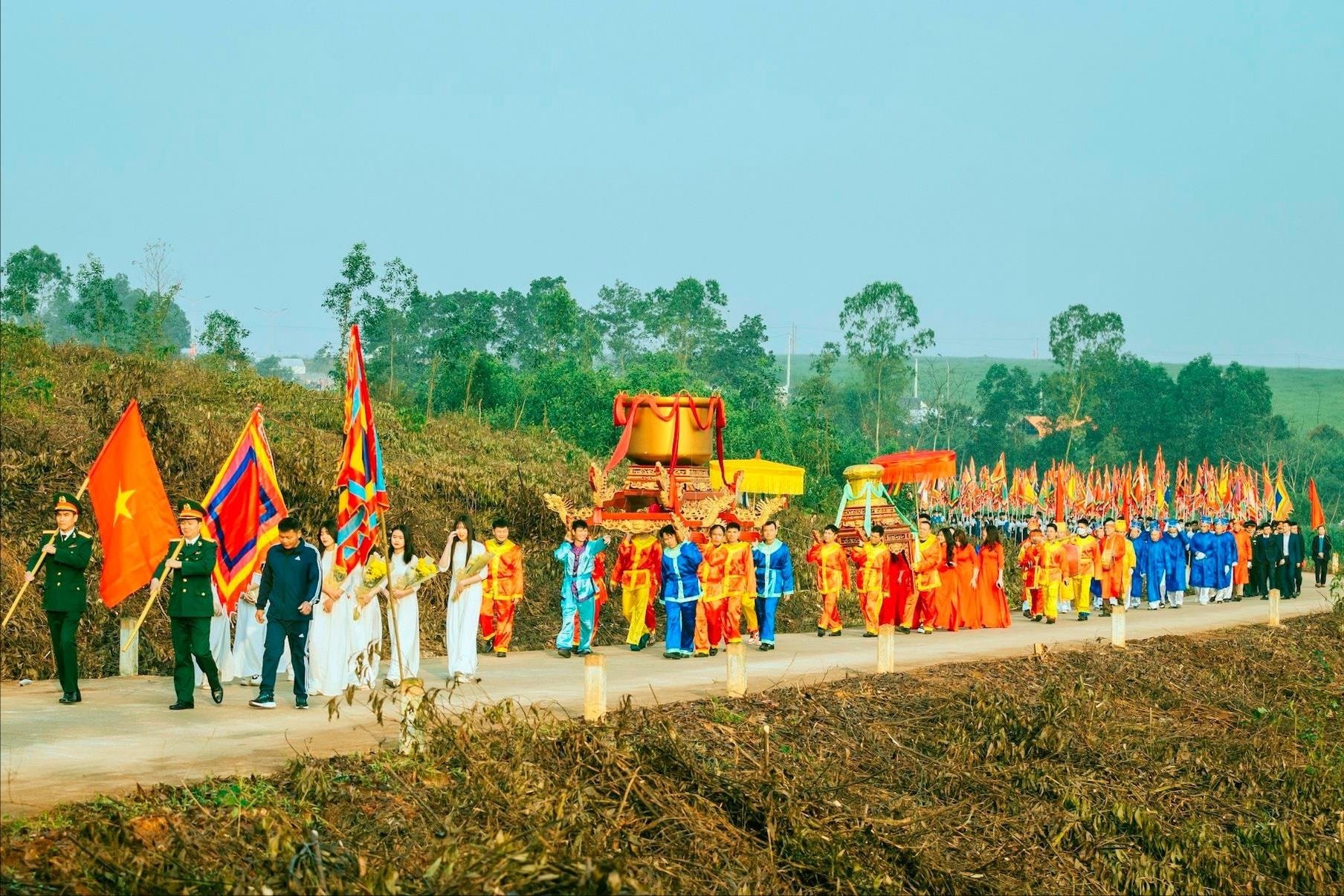
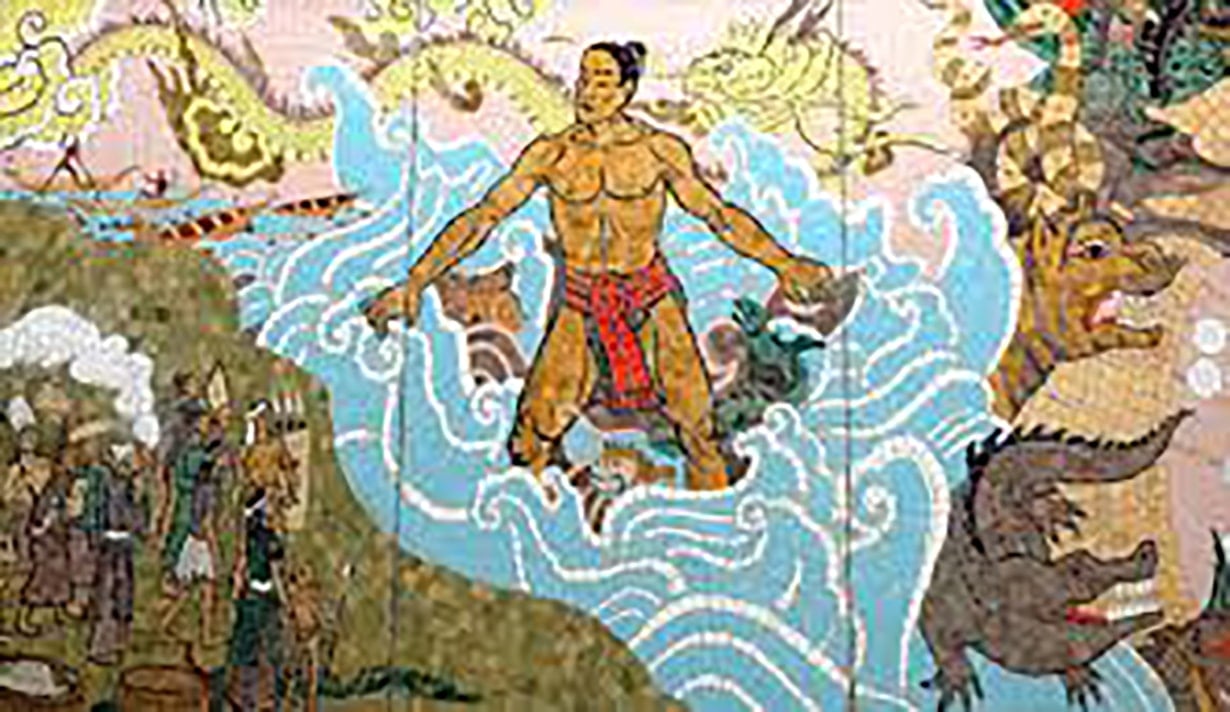
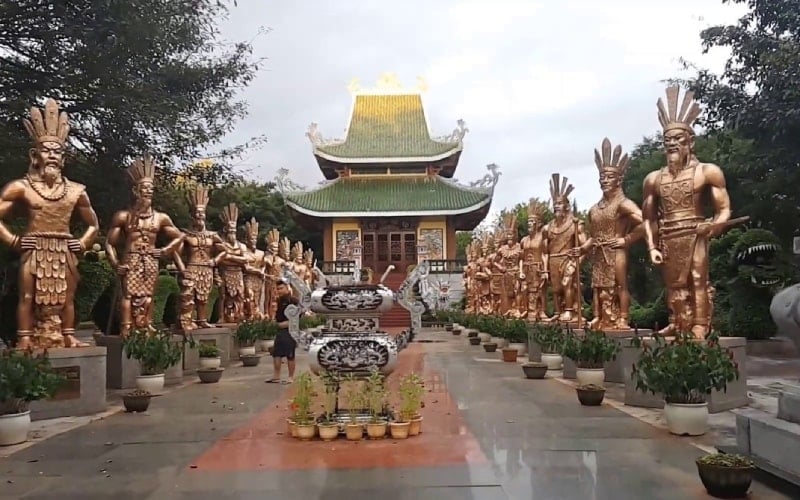
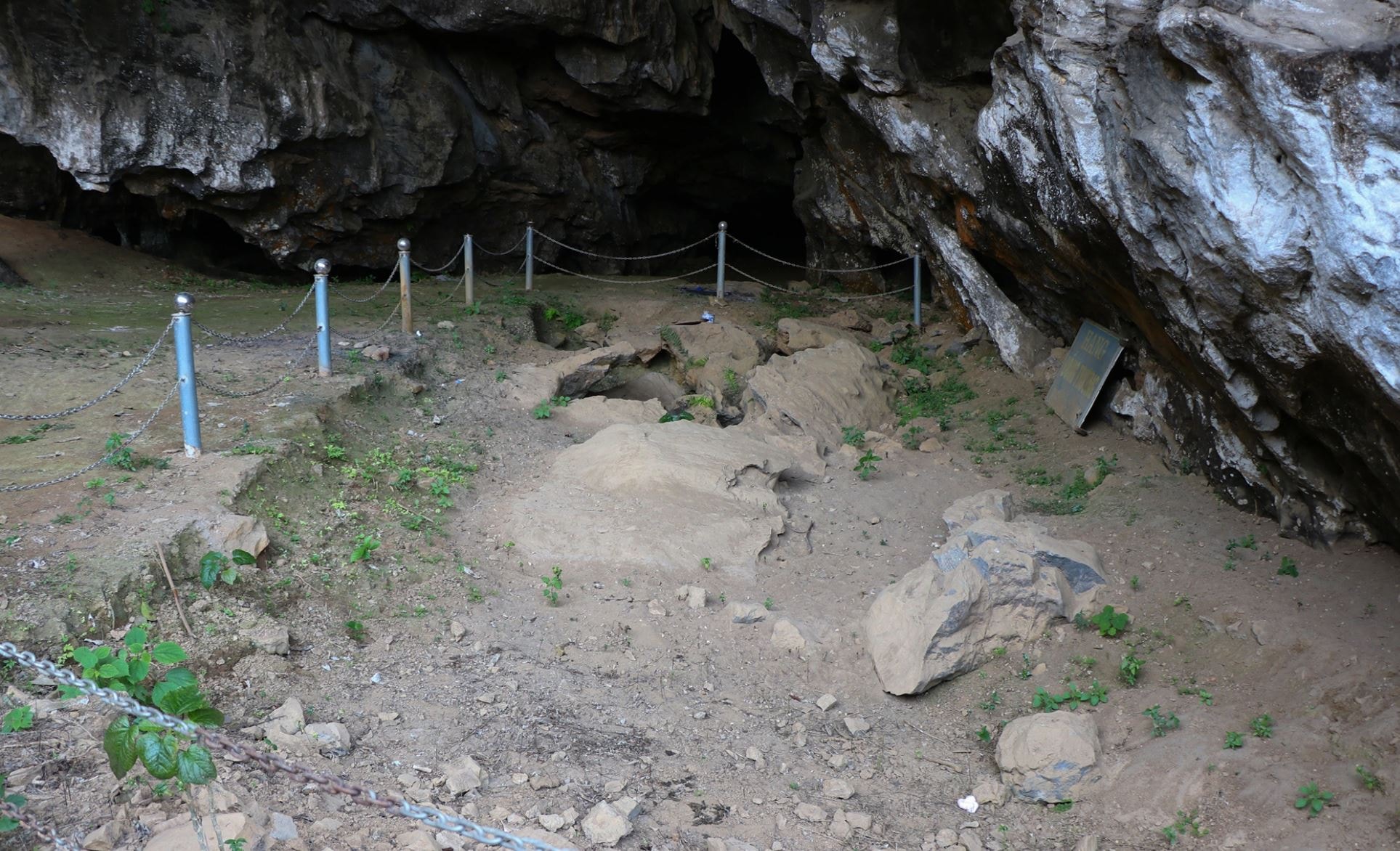
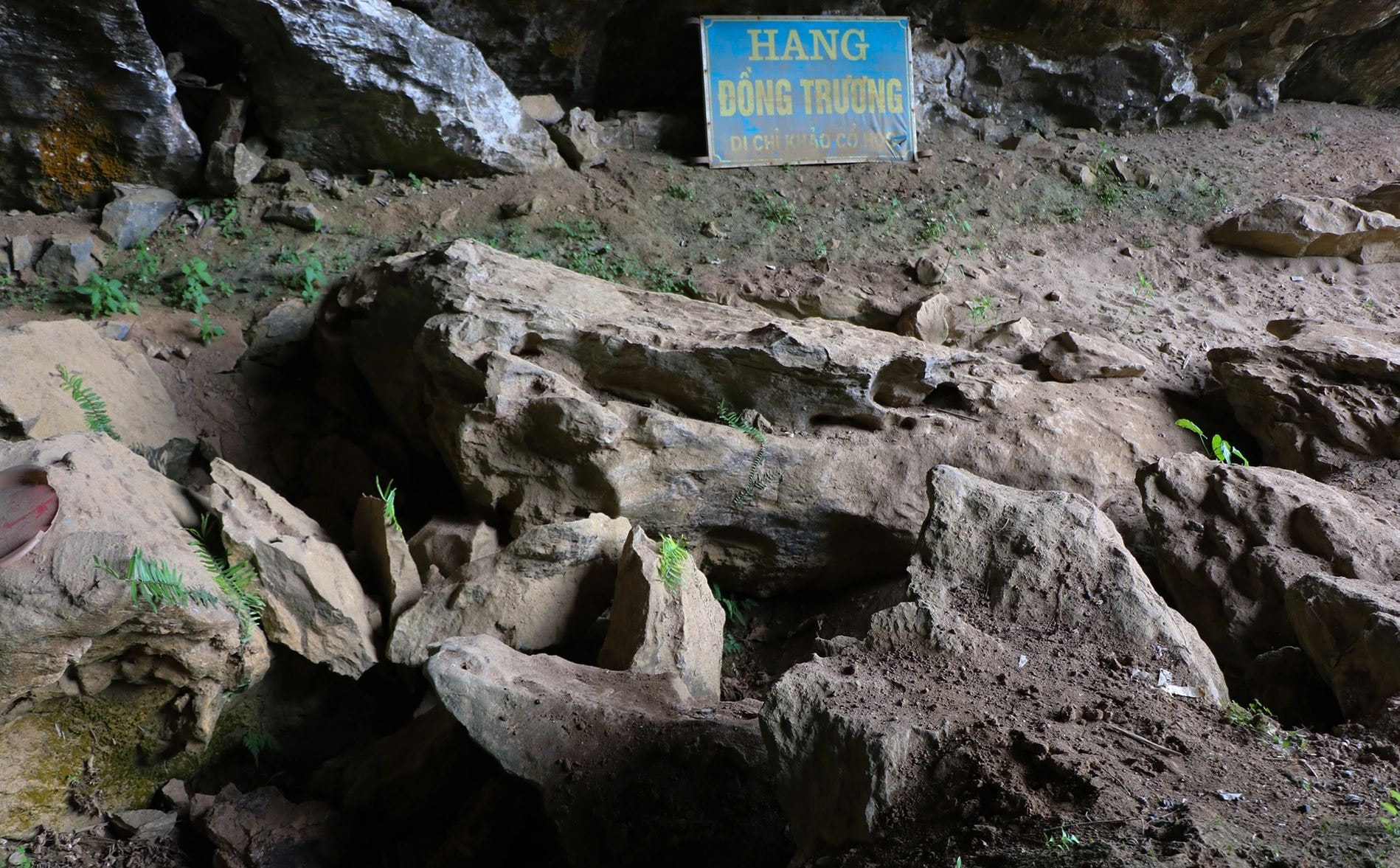



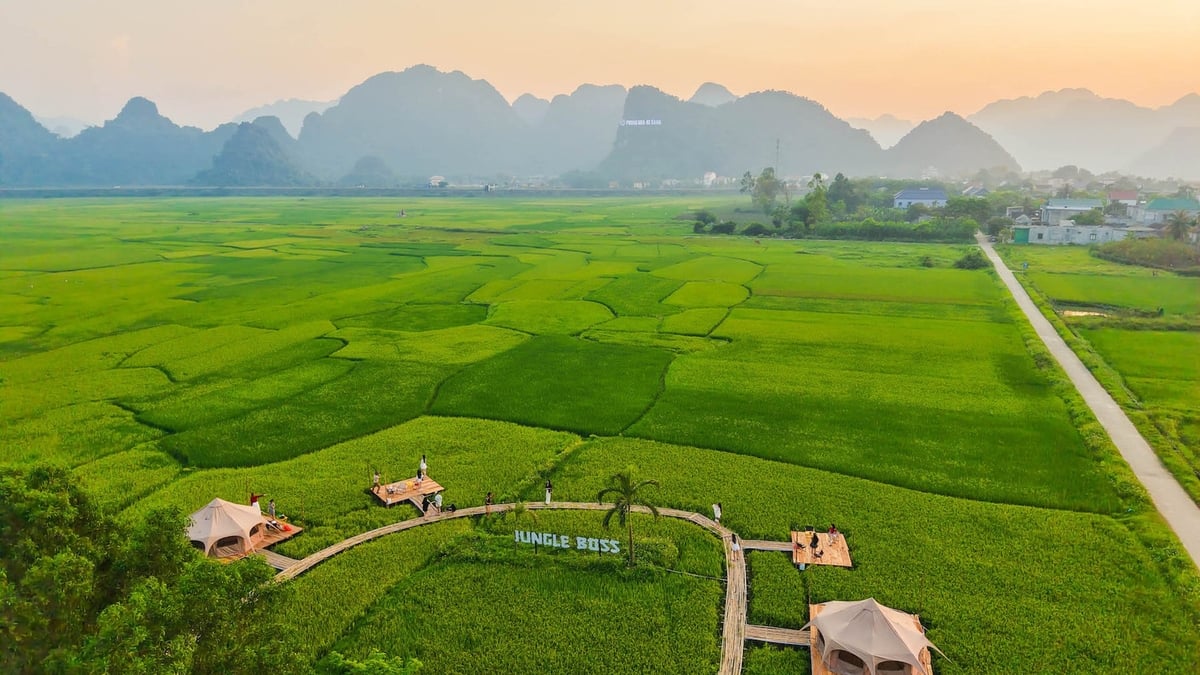

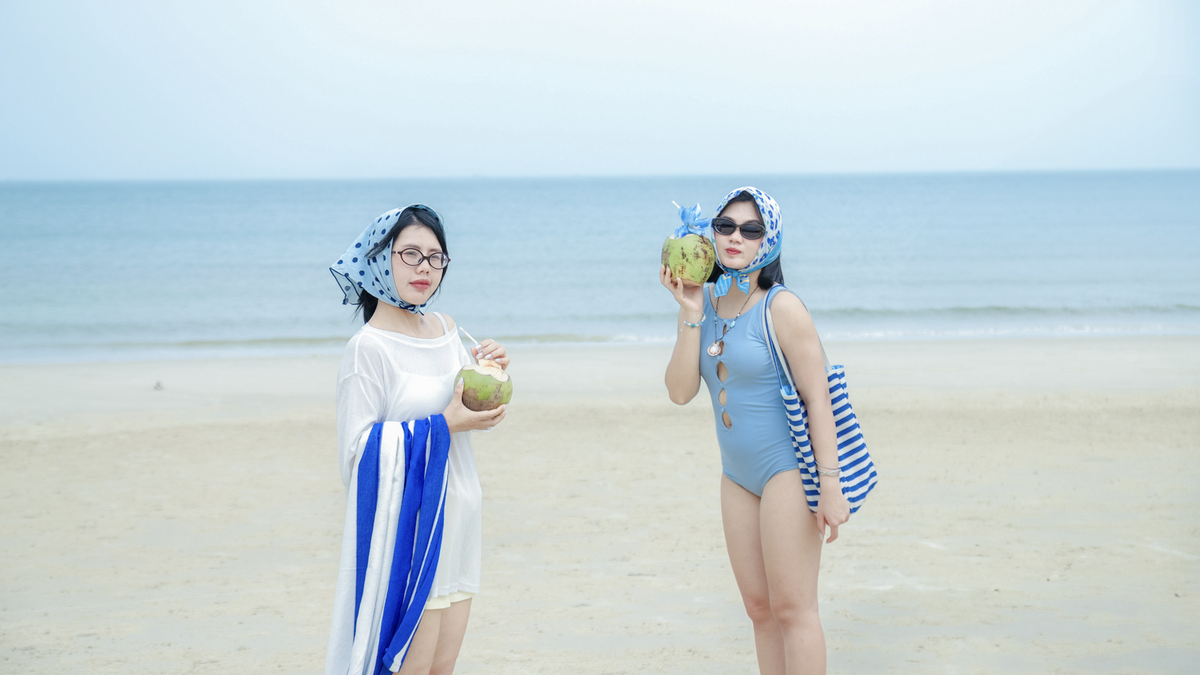


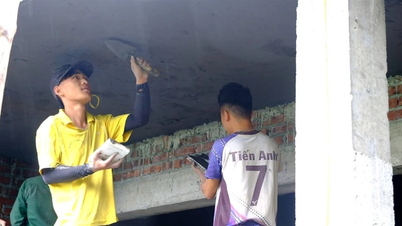

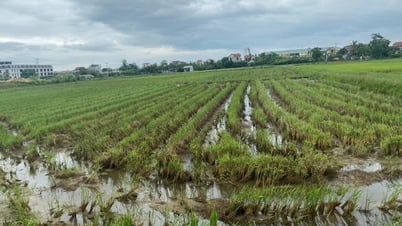


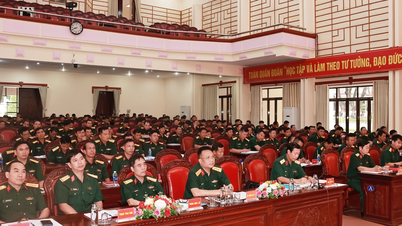
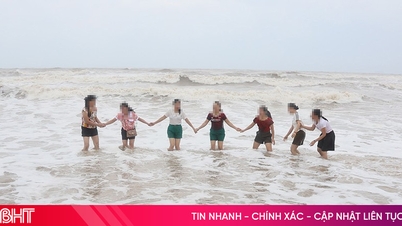





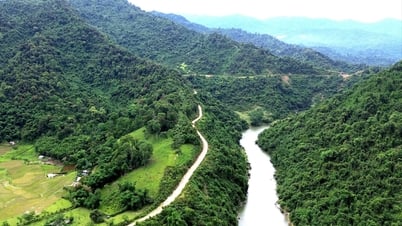

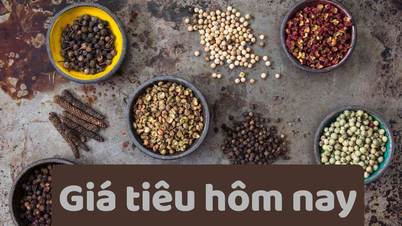
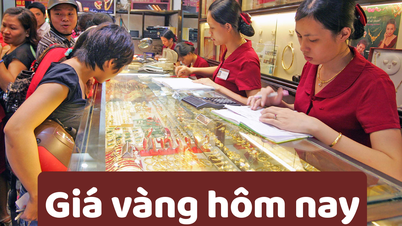

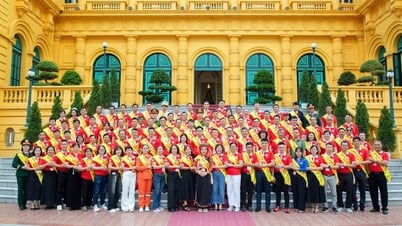













































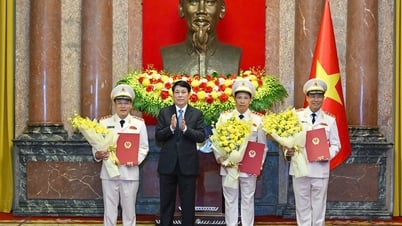





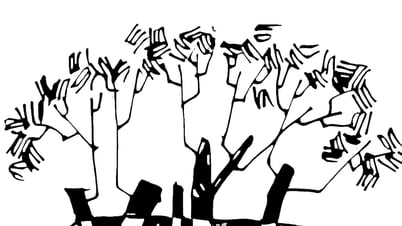












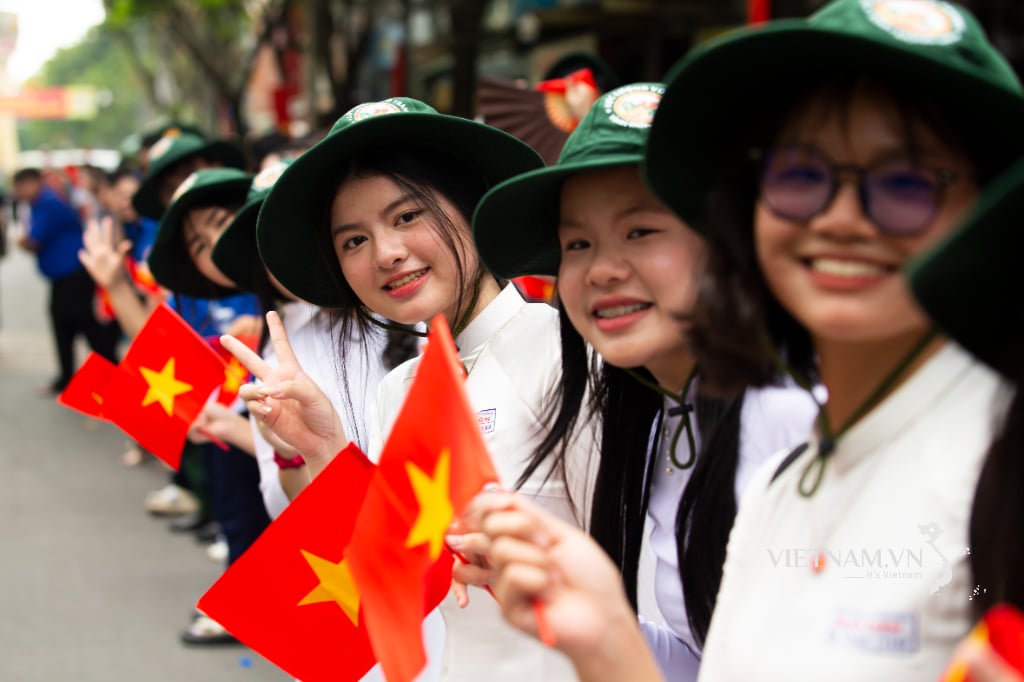
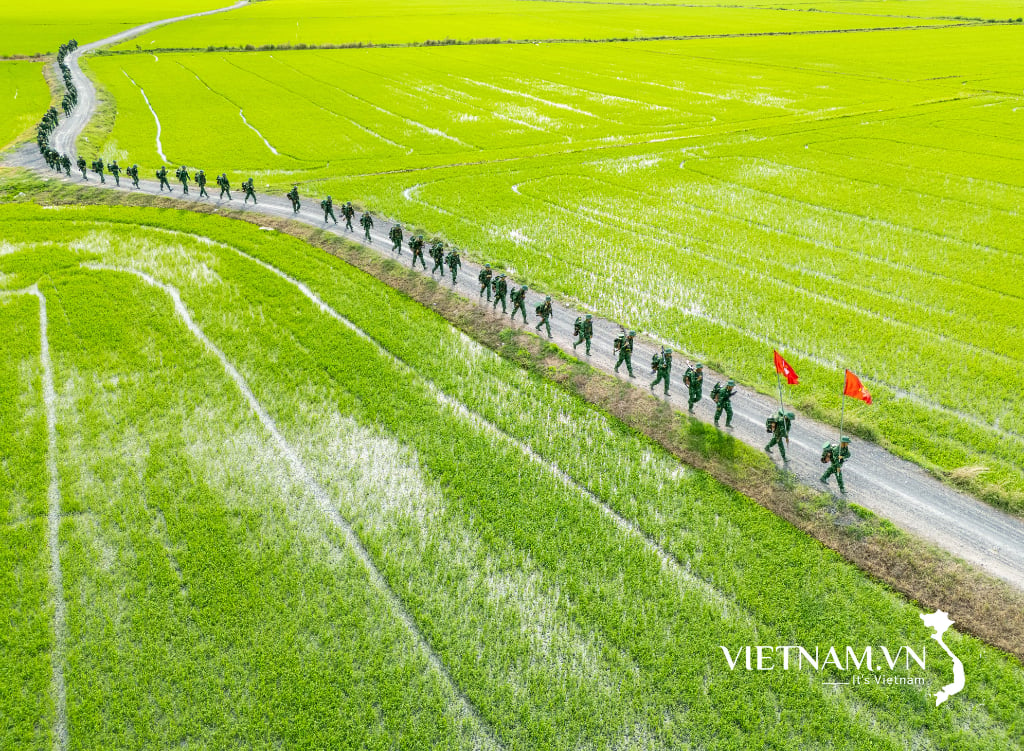

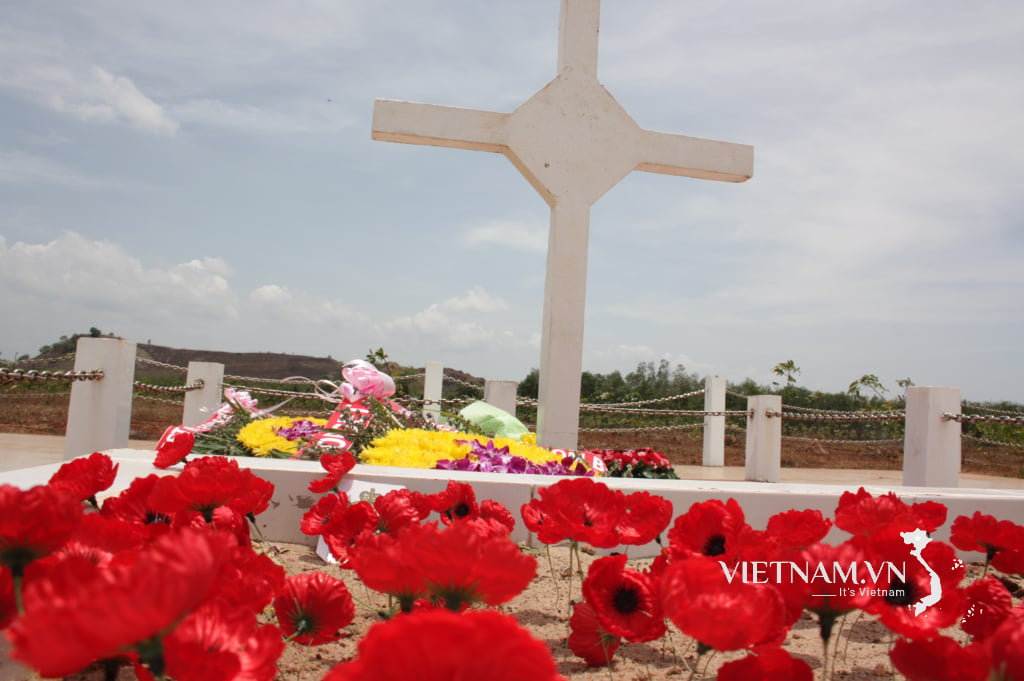
Comment (0)